Elizabeth Alexander
Creative Writing Award
The Elizabeth Alexander Creative Writing Award celebrates an author whose work embodies the lyrically powerful and historically engaged nature of Dr. Alexander’s writing. We aim for this award to highlight different forms of knowledge production that emerge from the artistic, political, and cultural advocacy undertaken by women of color nationally, transnationally, and globally.
2025 Award Winners
Prose Winner
Danielle Bradley – “Preserves”
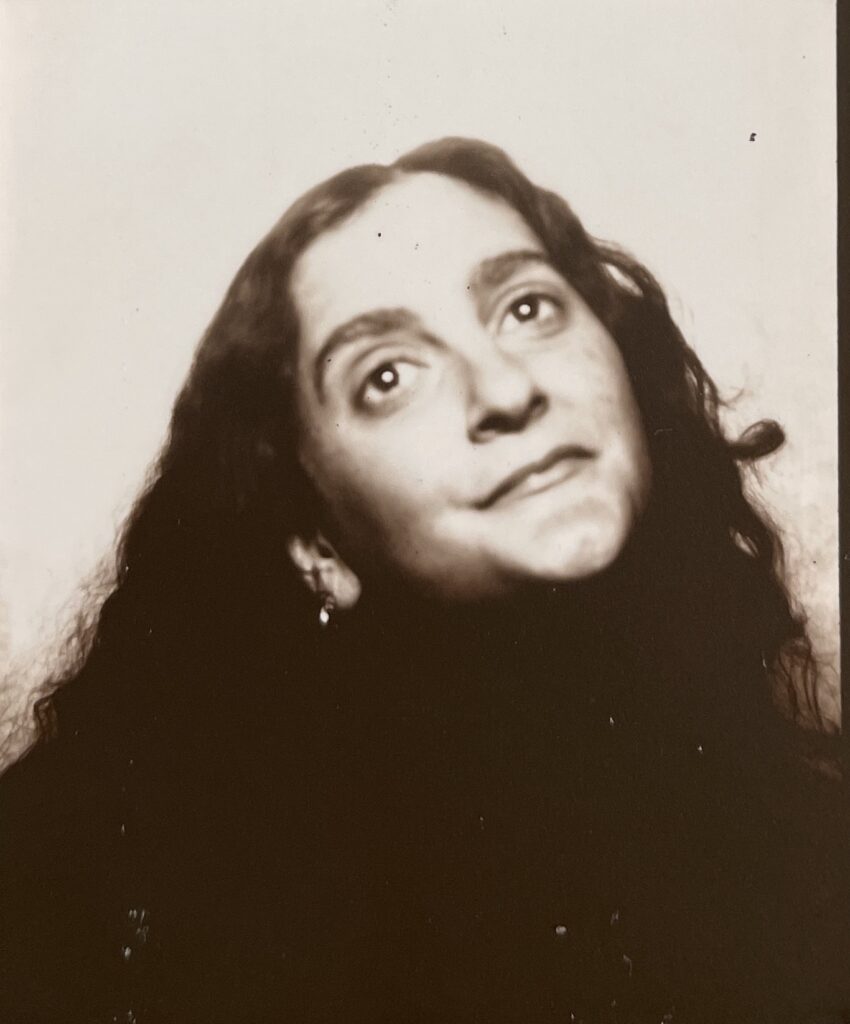
A Floridian, Danielle received her MFA from the MFA for Poets and Writers at the University of Massachusetts Amherst where she was an MFA, Delaney, and REAL Fellow. She is the winner of the 2022 Deborah Slosberg Memorial Award in Fiction (selected by Robin McLean), the 2022 Harvey Swados Prize in Fiction (selected by Alysia Sawchyn), and was longlisted for the 2024 DISQUIET Prize. Her work appears in the Penn Review and the South Florida Poetry Journal. She received her JD from the University of Pennsylvania Law School.
“‘Preserves” details create the scene while reflecting the character and speaking for what remains unspoken. We especially appreciated the rhythm and cadence of its prose—a poignant story beautifully told.” – The Creative Writing Advisory Board
Prose Honorable Mention
Dana Serea – “What Does It Mean To Be a Woman in Afghanistan? An Exploration of the Five Senses”
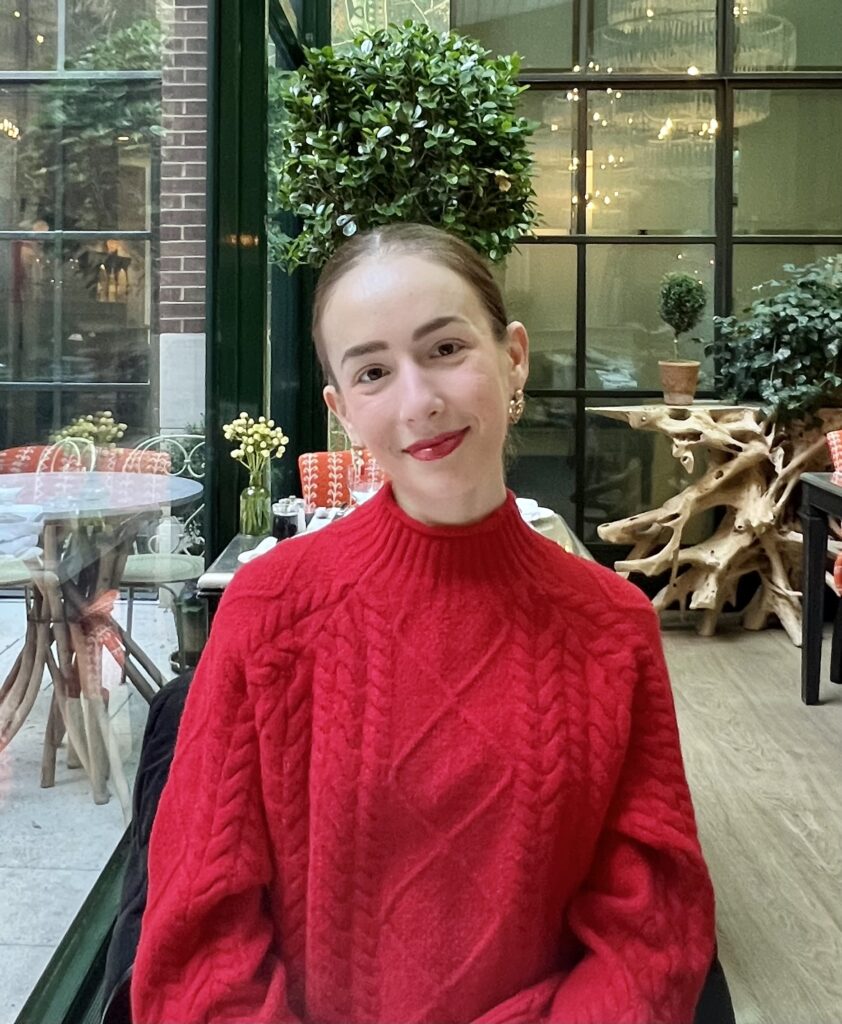
Dana Serea is a student at Princeton University with work published in The Daily Princetonian, The Nassau Literary Review, Lunch Ticket, The Louisville Review, Apprentice Writer, the Poetry Society of Virginia anthology, and elsewhere. Her writing has been awarded five national awards, including 1st Place, American Romanian Coalition for Human and Equal Rights (ARCHER) Writing Contest, 1st Place, Renee Duke Youth Poetry Contest for Human Rights, 1st Place, Poetry Society of Virginia, 1st Place, Ringling College for Art and Design “Storytellers of Tomorrow” Writing Contest, and a National Gold Medal, Scholastic Art & Writing Awards. She currently serves as Editor in Chief for The Nassau Literary Review, the second oldest undergraduate literary and arts magazine in the nation and the oldest student publication at Princeton University.
“This piece is offering an essential reading that unveils the lived realities of Afghan women—free from the constraints of censorship. This prose intricately examines the forced veiling of women as both a literal and symbolic act of erasure, denying them not just education but also fundamental, organic rights, such as access to sunlight.” – The Creative Writing Advisory Board
Poetry Winner
Paramita (Para) Vadhahong – “the dead sell the living”
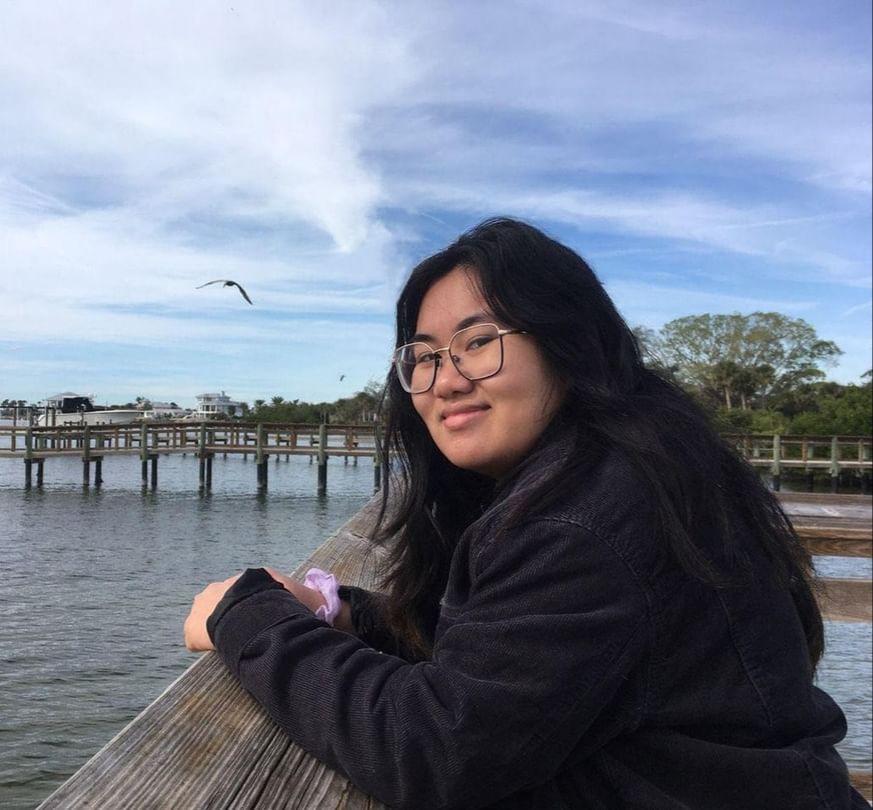
Para Vadhahong is a Thai US writer and zinester whose words are published in fifth wheel press, DVAN, Sine Theta, Honey Literary, and others. They are the winner of Salt Hill Journal’s Arthur Flowers Flash Fiction Prize (2022) and Palette Poetry’s Sappho Prize (2023). They are the Editor-in-Chief of On Prayer, a community anthology published by The Seventh Wave.
“It invites speculation and possibility into the poem; it invites [us] to dwell with the poem. It allows space for uncertainty, for conflicting feelings. It moves deftly between the political and the personal, the gruesome and the erotic, and English and Thai. The imagery is also quite striking.”
– The Creative Writing Advisory Board
Poetry Honorable Mention
Zaynab Iliyasu Bobi – “electrocardiogram of a mother’s broken heart”
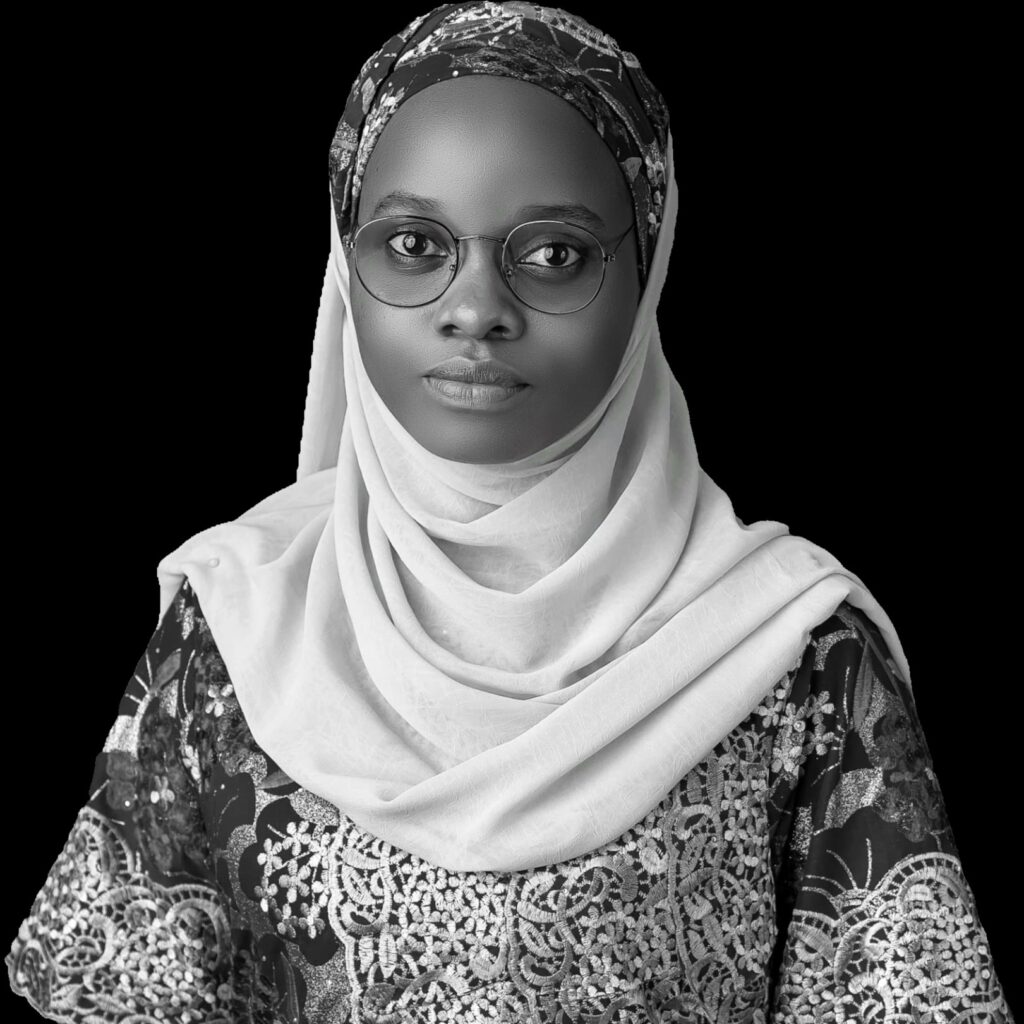
Zaynab Iliyasu Bobi, Frontier I, is a Nigerian-Hausa multidisciplinary artist, poet, and a Medical Laboratory Scientist from Bobi. She is the author of Cadaver of Red Roses (O Miami Books), winner of the ninth annual Derricotte/Eady Chapbook Prize. She has also received numerous accolades, including the inaugural Folorunsho Editor’s Poetry Prize (2023), the Labari Poetry Prize (2023), the inaugural Akachi Chukwuemeka Prize for Literature (2023), the Gimba Suleiman Hassan Gimba ESQ Poetry Prize (2022), and is the first beneficiary of the Carolyn Micklem Scholarship. Her work has been published in Strange Horizons, FIYAH, Uncanny Magazine, Poetry Daily, Agbowo, Poetry Wales, Torch Literary Arts, Utopia Science Fiction Magazine, Poetry Magazine, and elsewhere. Her second chapbook, Uncensored Snapshots, is forthcoming with Chestnut Review (2025).
“It is a poem that carries deep emotional weight. … It captures grief in an unexpected way and there’s an intimacy in the language that seems to contradict the clinical distance of the shape of the electrocardiogram and creates a striking parallel.” – The Creative Writing Advisory Board
Eligibility:
The award is open to all genres, including: poetry, fiction, play scripts, and non-fiction. All submissions will be judged anonymously; please do not include any identifying information or contact information in your manuscript.
Works engaging with feminism, race, and transnationalism will be prioritized. Translated works and manuscripts in languages other than English are encouraged as well.
We only accept previously unpublished work for publication. We only accept one submission for entry to the EACWA contest. Simultaneous submissions will not be considered.
POETRY
Manuscripts of 3-5 poems should be typed and formatted according to genre conventions. Please include all poems in one document.
FICTION AND NON-FICTION
Prose and non-fiction manuscripts should be typed, double-spaced, Times New Roman font, and no longer than 7,500 words.
PLAY SCRIPTS
Play scripts should be typed, Times New Roman font, and no more than 5,000 words.
Submission Guidelines:
All submissions for the award must be sent through our regular manuscript submission portal on Scholar One.
Our deadline for the 2025 Elizabeth Alexander Creative Writing Award has passed.
Please keep an eye out for the announcement of this year’s winners along with details about how to submit for next year’s award.
E-mailed and/or mailed hard copy submissions for the award will NOT be considered.
When submitting, please designate “Elizabeth Alexander Award Submission” as the article type for your manuscript (see screenshot below). All misidentified submissions will not be considered for the award. Manuscripts should be submitted as Microsoft Word files.
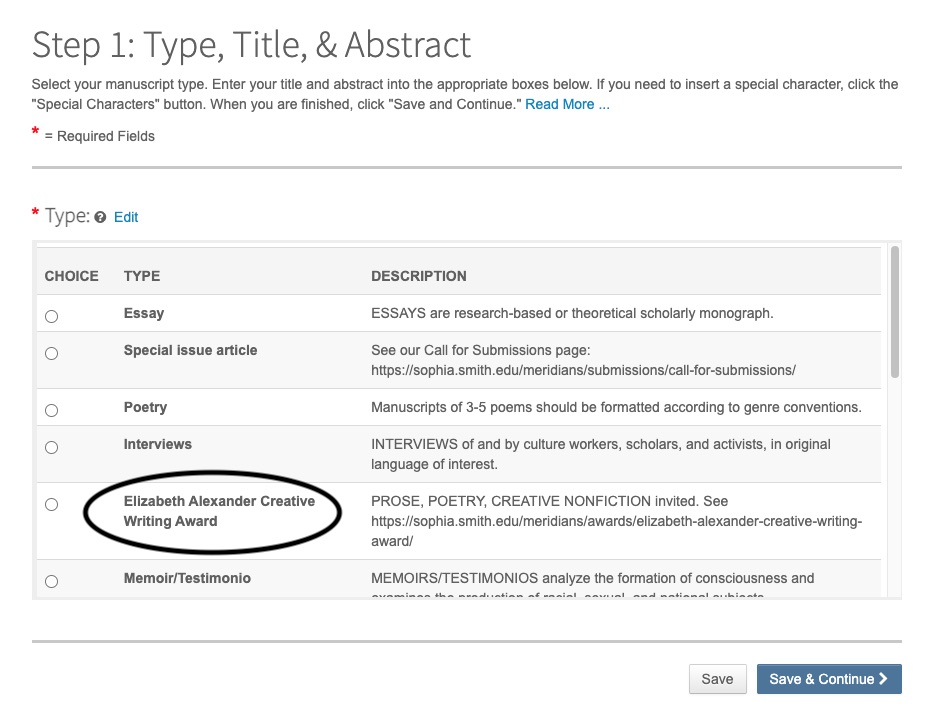
Award Review Process:
Please note that you do NOT need to suggest peer reviewers on Scholar One when submitting for the Elizabeth Alexander Creative Writing Award. All submissions will be reviewed anonymously by members of the Meridians Creative Writing Advisory Board and by readers with expertise in each genre.
About Elizabeth Alexander
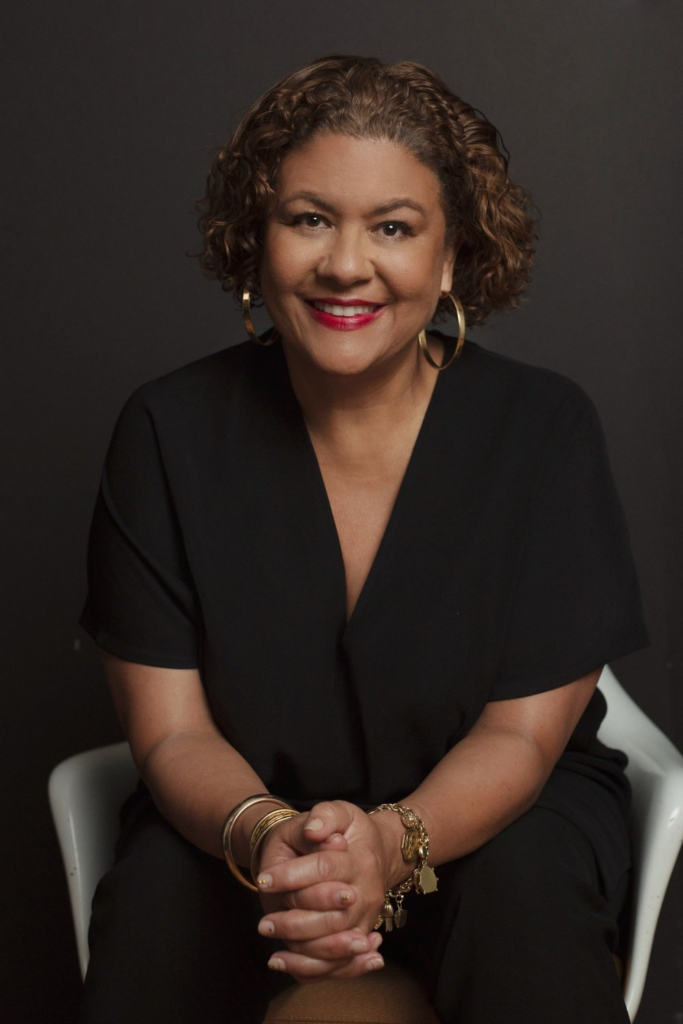
Elizabeth Alexander is a prize-winning and New York Times bestselling author, renowned poet, educator, scholar, and cultural advocate. She is also president of the Mellon Foundation, the nation’s largest funder in the arts, culture, and humanities.
Dr. Alexander’s most recent book, The Trayvon Generation (2022), is a galvanizing meditation on the power of art and culture to illuminate America’s unresolved problem with race and the challenges facing young Black America. Among the fifteen books she has authored or co-authored, her poetry collection American Sublime was a finalist for the Pulitzer Prize in Poetry in 2006, and her memoir, The Light of the World, was a finalist for the Pulitzer Prize in Biography and the National Book Critics Circle Award in 2015. Other works include Crave Radiance: New and Selected Poems 1990–2010 (2010), Power and Possibility: Essays, Reviews, Interviews (2007), The Black Interior: Essays (2004), Antebellum Dream Book (2001), Body of Life (1996), and The Venus Hottentot (1990).
Over the course of an esteemed career in education, Dr. Alexander has held distinguished professorships at Smith College, Columbia University, and Yale University, where she taught for fifteen years and chaired the African American Studies Department. She has been awarded the Jackson Poetry Prize, the John Simon Guggenheim Memorial Foundation Fellowship, the George Kent Award, the National Endowment for the Arts Fellowship, and three Pushcart Prizes for Poetry. Notably, Dr. Alexander composed and delivered “Praise Song for the Day” for the 2009 inauguration of President Barack Obama.
Dr. Alexander is Chancellor Emeritus of the Academy of American Poets, a member of the American Academy of Arts and Sciences. She also serves on the Pulitzer Prize Board, and co-designed the Art for Justice Fund.
Please visit Dr. Alexander’s personal website for more information.
